Home>Garden Essentials>What To Use For Kids’ Outdoor Play Area
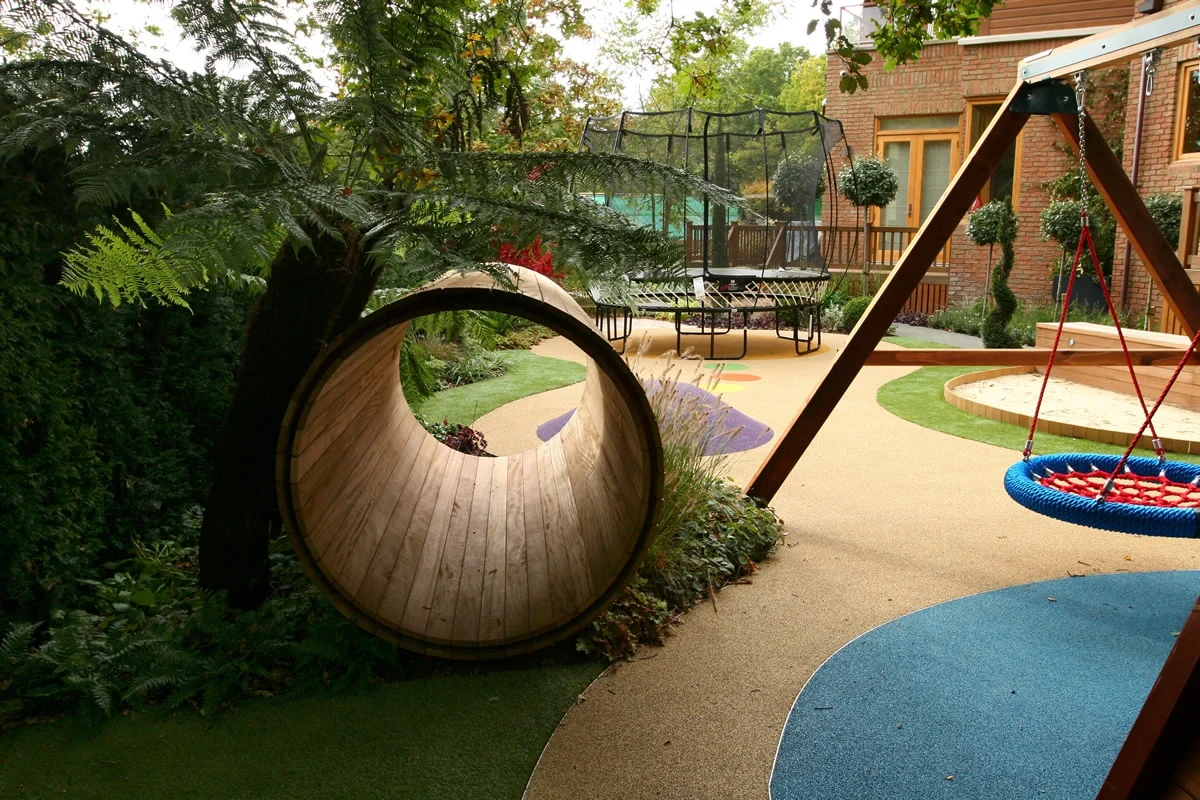

Garden Essentials
What To Use For Kids’ Outdoor Play Area
Modified: October 20, 2024
Create a fun and safe garden play area for kids with our wide selection of outdoor play equipment. Turn your garden into a playground and let their imaginations run wild!
(Many of the links in this article redirect to a specific reviewed product. Your purchase of these products through affiliate links helps to generate commission for Storables.com, at no extra cost. Learn more)
Introduction
Creating an outdoor play area for kids is a wonderful way to encourage them to spend time outside, connect with nature, and engage in physical activity. However, when designing a play area for children, there are several factors to consider to ensure that it is safe, stimulating, and enjoyable for kids of all ages.
From choosing the right play equipment to incorporating nature-inspired elements, this article will guide you through the process of creating the perfect outdoor play area for your kids. So let’s dive in and explore the various aspects you need to take into consideration!
Factors to Consider
Before you start planning your kids’ outdoor play area, there are a few key factors to consider:
- Space: Evaluate the available space and determine how much area you can allocate for the play zone. Make sure it is large enough to accommodate multiple activities and provide ample room for kids to move around.
- Ages and Interests: Consider the age range of the children who will be using the play area. Different age groups have different needs and interests, so you’ll want to create a space that caters to a wide range of ages and preferences.
- Accessibility: Ensure that the play area is accessible to all children, including those with disabilities. Consider incorporating ramps, sensory elements, and inclusive play equipment to make it a welcoming space for everyone.
- Surfacing: Choose a suitable ground cover for the play area that provides cushioning and safety. Rubber mulch, artificial turf, or engineered wood chips are popular choices that offer shock-absorbent properties.
Safety Measures
When it comes to kids’ outdoor play areas, safety should always be a top priority. Here are some important safety measures to keep in mind:
- Fencing: Install a secure fence around the play area to prevent children from wandering off and to keep unwanted animals out.
- Soft Edges: Ensure that hard edges or corners of play equipment are covered or padded to minimize the risk of injury.
- Age-Appropriate Equipment: Make sure the play equipment you choose is suitable for the age group using the play area. Younger children should have access to equipment designed for their specific developmental stage.
- Regular Inspections: Regularly inspect the play area for any potential hazards, loose screws, or damaged equipment. Repair or replace any items that pose a safety risk.
By following these safety guidelines, you can create a secure and protected environment that allows children to play freely and confidently.
Key Takeaways:
- Designing a safe and fun outdoor play area for kids involves considering space, age-appropriate equipment, safety measures, and nature-inspired elements to encourage physical activity and imaginative play.
- Incorporating swings, climbing structures, sand and water play, and nature-inspired elements in a play area promotes physical, cognitive, and social development while fostering creativity and a love for the outdoors.
Factors to Consider
When designing an outdoor play area for kids, there are several important factors to consider to ensure that it meets their needs and provides a positive and enriching experience. Let’s explore these factors in more detail:
Space: The first thing to consider is the available space for the play area. Assess the size of your yard or outdoor area and determine how much space you can allocate for the play zone. It should be large enough to accommodate various activities and leave enough room for kids to move around comfortably.
Ages and Interests: Take into account the age range of the children who will be using the play area. Different age groups have different needs and interests when it comes to play. For example, younger children may enjoy sandboxes, swings, and crawling tunnels, while older children may prefer climbing structures, sports areas, and interactive games. Try to create a play area that caters to a wide range of ages and interests to ensure engagement and enjoyment for all.
Accessibility: It is essential to make the play area accessible to all children, including those with disabilities. Consider incorporating ramps, wider pathways, and inclusive play equipment to ensure that every child can freely participate in the activities. Adhering to the principles of universal design will ensure that no child is left out and that everyone can have equal opportunities for play and socialization.
Surfacing: The ground cover in the play area is crucial for safety and cushioning. Choose a suitable surface that provides adequate fall protection, such as rubber mulch, artificial turf, or engineered wood chips. These materials offer shock-absorbent properties and reduce the risk of injury in case of falls or accidents. Ensure that the surface is adequately maintained to retain its safety features over time.
Budget: Consider your budget when planning the outdoor play area. Determine how much you are willing to spend on equipment, materials, and landscaping. Research different options, compare prices, and find a balance between quality and affordability. Remember, creating a fun and engaging play area doesn’t have to break the bank – there are plenty of cost-effective solutions available.
Weather Considerations: Take into account the weather conditions in your area when designing the play area. Consider elements like shade structures, water-resistant equipment, and materials that can withstand various weather conditions. Creating a versatile play area that can be used year-round will maximize its usability and provide an optimal experience for the kids.
By considering these factors, you can create an outdoor play area that is safe, inclusive, and engaging for children of different ages and abilities. It will be a space where children can explore, learn, and have fun in a secure and inspiring environment.
Safety Measures
When designing a kids’ outdoor play area, ensuring the safety of the children should be the top priority. By taking certain safety measures, you can create a secure environment where children can play freely and confidently. Here are some important safety measures to consider:
- Fencing: Install a strong and secure fence around the play area to prevent children from wandering off and to keep unwanted animals out. The fence should be at least four feet high, with self-closing and self-latching gates to ensure that children cannot accidentally leave the protected space.
- Soft Edges: Cover any hard edges or corners of play equipment with cushioned materials to reduce the risk of injury in case of accidental bumps or falls. Foam padding, rubber coverings, or safety guards can be used to create a safer play environment.
- Age-Appropriate Equipment: Choose play equipment that is suitable for the age group using the play area. Avoid including equipment that may be too challenging or dangerous for younger children. Ensure that the equipment is sturdy, well-maintained, and certified for safety standards.
- Safety Surfacing: Install appropriate safety surfacing beneath and around play equipment to provide cushioning in case of falls. Materials such as rubber mulch, engineered wood chips, or rubber tiles are commonly used. The safety surfacing should conform to safety standards and be adequately maintained to ensure effectiveness.
- Regular Inspections: Conduct regular inspections of the play area to identify any potential hazards, worn-out equipment, or damaged parts. Check for loose screws, sharp edges, or any signs of deterioration that could pose a safety risk. Repair or replace any faulty items immediately to prevent accidents.
- Supervision: Adult supervision is crucial to ensure the safety of children while they are playing. Keep an eye on the kids, especially when they are using play equipment or engaging in more challenging activities. Educate children about proper play behavior and the importance of following safety rules.
- Water Safety: If your play area includes water features, such as a pool, splash pad, or water table, ensure that proper safety precautions are in place. Install barriers, use slip-resistant surfaces, and establish pool safety rules to prevent accidents and drowning hazards.
By implementing these safety measures, you can create a secure and protected outdoor play area for kids. Remember, safety should always be a priority, and it’s essential to regularly assess and address any potential risks to ensure the well-being of the children.
Types of Play Equipment
When designing a kids’ outdoor play area, choosing the right play equipment is key to providing a fun and engaging experience. Here are some popular types of play equipment that you can consider incorporating into your outdoor space:
- Swings: Swings are a classic and beloved play equipment that children of all ages enjoy. From traditional swings to tire swings and even hammock swings, they provide endless hours of entertainment and help develop balance and coordination skills. Make sure to install the swings on a soft, impact-absorbing surface.
- Climbing Structures: Climbing structures, such as climbing walls, rope ladders, and jungle gyms, encourage kids to challenge themselves physically and enhance their strength, coordination, and problem-solving abilities. Ensure that climbing structures are age-appropriate, sturdy, and have appropriate safety features like handrails and non-slip surfaces.
- Slides: Slides are always a hit with kids. They provide thrilling and enjoyable experiences while developing spatial awareness and balance. Choose slides with gradual slopes and safe landing areas. Consider incorporating different slide sizes and configurations to cater to different ages and skill levels.
- Sand and Water Play: Sandboxes and water play areas offer sensory and imaginative play opportunities. Kids can dig, build sandcastles, and explore the natural properties of water. Provide proper drainage and cover for sandboxes when not in use to keep them clean and free from debris.
- Playhouses and Forts: Playhouses, forts, and treehouses stimulate imaginative play and encourage social interaction. They offer children a private space where they can engage in role-playing, storytelling, and creative play. Ensure that these structures are secure, stable, and have safe entry and exit points.
- Sports and Active Play: Incorporate areas for active play, such as sports courts, basketball hoops, soccer goals, or mini-golf courses. These activities promote physical fitness, team spirit, and healthy competition among children. Ensure that the playing surfaces are safe and properly maintained.
- Nature Play Elements: Consider incorporating nature-inspired play elements, such as logs, boulders, and tree stumps. These natural materials offer opportunities for climbing, balancing, and imaginative play. They also help children connect with the natural world and appreciate the environment.
- Interactive Games: Add interactive games like hopscotch, tic-tac-toe boards, or sensory panels to engage children’s minds and promote cognitive development. These games can be integrated into the ground surface or mounted on nearby walls or structures.
When selecting play equipment, consider the age range and interests of the children using the play area. It’s crucial to choose well-designed and durable equipment that adheres to safety standards. Additionally, ensure that the play equipment is spaced out appropriately to allow for safe movement and prevent overcrowding.
By offering a diverse range of play equipment, you can create an outdoor play area that caters to different preferences and provides a well-rounded play experience for children of all ages.
Choose soft, impact-absorbing materials like rubber mulch or sand for the ground in your kids’ outdoor play area to help prevent injuries from falls. Regularly check for any hazards like sharp objects or tripping hazards.
Balancing Activities
When designing a kids’ outdoor play area, it’s important to include activities that promote balance and coordination. Balancing activities challenge children physically and help develop their motor skills, spatial awareness, and core strength. Here are some ideas for incorporating balancing activities into your outdoor play area:
- Balance Beams: Install balance beams of varying heights and widths to provide opportunities for children to practice walking, balancing, and improving their coordination. Make sure the beams have proper grip surfaces and are securely anchored to the ground.
- Stepping Stones: Set up a series of stepping stones or log slices on the ground, allowing children to hop from one to another. Use different sizes and heights to increase the challenge and encourage spatial awareness and balance.
- Ropes and Tightropes: Install ropes at different heights that children can hold onto as they walk or balance themselves. You can also create a tightrope-like structure using cables or ropes suspended between posts, providing an exciting balancing challenge.
- Balance Boards: Incorporate balance boards or wobble boards into the play area. These boards require children to continuously adjust their balance as they stand or maneuver on the surface, helping to improve stability and coordination.
- Rocking Bridges: Install rocking bridges or balance beams that move slightly as children walk across them. These dynamic balancing elements add an extra element of fun and challenge to the play experience.
- Hanging Bars: Include horizontal bars at different heights for children to hang and swing on. This activity not only requires balance but also helps strengthen upper body muscles and promotes coordination.
When incorporating balancing activities, it’s important to ensure proper safety measures. Ensure that the equipment is designed and installed to be stable and secure, with non-slip surfaces. Place safety surfacing underneath the balancing structures to cushion falls and minimize the risk of injuries.
Encourage children to explore and experiment with these balancing activities at their own pace. Balancing is a skill that takes practice and patience, so allowing children to challenge themselves and learn through trial and error will help them develop and improve their balance over time.
By including a variety of balancing activities in your outdoor play area, you provide children with opportunities to enhance their gross motor skills, build confidence, and enjoy the thrill of balancing and conquering new challenges.
Nature-Inspired Play Areas
Integrating nature into kids’ outdoor play areas is not only visually appealing but also brings numerous benefits to their physical, emotional, and cognitive development. Nature-inspired play areas provide children with a sensory-rich environment where they can connect with the natural world, explore, and engage in imaginative play. Here are some ideas to create a nature-inspired play area:
- Natural Materials: Incorporate natural materials such as logs, tree stumps, and boulders into the play area. These elements can serve as climbing structures, stepping stones, or seating areas. They provide a sense of adventure and help children develop balance, coordination, and problem-solving skills.
- Mud Kitchen: Set up a mud kitchen where children can engage in sensory play and pretend cooking with mud, sand, and water. Supply them with pots, pans, utensils, and natural materials like leaves and flowers to enhance their imaginative play experience.
- Vegetable Gardens: Designate a small area for a vegetable garden where children can plant and nurture their own crops. This activity promotes a connection with nature, teaches responsibility, and allows children to learn about the growth process of plants.
- Sensory Gardens: Create a sensory garden with different plants and flowers that stimulate the senses. Include aromatic herbs, textured plants, and colorful flowers to engage children’s senses of smell, touch, and sight. Add seating areas or cozy corners for relaxation and observation.
- Nature Art Stations: Set up art stations where children can create nature-inspired artwork using leaves, flowers, bark, and natural dyes. Provide art supplies like paint, brushes, and paper, encouraging creativity and appreciation for the beauty of the natural world.
- Animal Habitats: Incorporate birdhouses, insect hotels, or butterfly gardens to attract local wildlife. This allows children to observe and learn about different species and their habitats, fostering an understanding and appreciation for the biodiversity around them.
- Nature Trails: Create winding pathways or trails through green spaces or wooded areas. These trails can lead to hidden nooks, discovery areas, and nature-themed play zones. Install signs or educational boards along the trails to provide information about local flora and fauna.
When designing nature-inspired play areas, consider using environmentally friendly materials and practices. Use organic or non-toxic materials for landscaping, opt for native plants that require less water, and minimize the use of harmful chemicals or pesticides.
Nature-inspired play areas offer children an opportunity to connect with the natural world, fostering a sense of wonder, creativity, and environmental consciousness. They provide a holistic play experience that nurtures both their physical and emotional well-being.
Communication and Socialization
Creating an outdoor play area that promotes communication and socialization is essential for children’s development. It provides opportunities for them to interact, cooperate, and build meaningful relationships with their peers. By incorporating certain elements and activities, you can encourage communication and socialization in your kids’ outdoor play area. Here’s how:
- Social Spaces: Designate areas where children can gather, sit, and interact. Include benches, picnic tables, or outdoor seating arrangements that encourage conversation and cooperation.
- Group Activities: Organize games and activities that require cooperation and teamwork. This could include group sports like soccer or tag, team-building games, or obstacle courses that encourage children to work together and communicate effectively.
- Dramatic Play Areas: Include areas for imaginative play, such as a pretend kitchen, a market, or a stage. These spaces allow children to engage in role-play, work together on creative projects, and develop their communication skills through pretend scenarios.
- Social Games: Set up interactive games that require communication and social interaction. This could include games like charades, Simon Says, or cooperative board games that encourage children to communicate, take turns, and problem-solve together.
- Music and Movement: Provide instruments, music players, or designated dance areas where children can engage in group activities that promote rhythm, coordination, and collaboration. Music and movement provide a platform for children to express themselves and bond with others through shared experiences.
- Art Activities: Create art stations or collaborative art projects where children can work together, share ideas, and create something collectively. This encourages them to communicate, negotiate, and appreciate different perspectives.
- Inclusive Play: Ensure that your play area is designed to accommodate children of different abilities. Including inclusive play equipment and design features allows children with diverse needs to engage and play together, fostering empathy, understanding, and positive social interaction.
As children engage in these activities, it’s important to foster an inclusive and supportive environment. Encourage them to listen to each other, take turns, and show respect for different opinions and ideas. Be a facilitator, helping children navigate conflicts, mediate disputes, and learn effective communication and problem-solving skills.
By creating a play area that encourages communication and socialization, you provide children with the opportunity to develop vital social skills, build friendships, and learn how to collaborate and interact with others in a positive and meaningful way.
Conclusion
Designing a kids’ outdoor play area is an exciting endeavor that offers countless benefits to children’s physical, cognitive, and social development. By considering factors such as space, ages, accessibility, and safety, you can create a well-designed and engaging play area that caters to the needs and interests of children of different ages and abilities.
Ensuring safety is paramount when designing the play area. Implementing safety measures such as fencing, soft edges, age-appropriate equipment, regular inspections, and adult supervision helps create a secure environment where children can play confidently and happily.
The choice of play equipment is crucial, as it directly impacts the play experience. Including swings, climbing structures, slides, sand and water play areas, playhouses, sports equipment, and nature-inspired play elements adds variety and offers children opportunities to explore and engage in different types of play. Balancing activities promote physical coordination and motor skills, while nature-inspired elements connect children with the natural world and nurture their creativity.
Communication and socialization are key aspects of a well-rounded play area. Providing social spaces, organizing group activities, incorporating dramatic play areas, and facilitating interactive games promote communication, teamwork, and cooperation among children. Encouraging inclusive play allows children to interact and build relationships with peers of different abilities, fostering a sense of empathy and acceptance.
In conclusion, a thoughtfully designed outdoor play area provides children with a space to explore, grow, and have fun. It contributes to their physical health, cognitive development, and social skills. By considering safety, incorporating diverse play equipment, promoting communication, and embracing nature-inspired elements, you can create a play area that sparks children’s imagination, fosters socialization, and enhances their overall well-being.
So, roll up your sleeves, unleash your creativity, and create a captivating outdoor play area that will inspire endless adventures and cherished childhood memories for the young ones!
Frequently Asked Questions about What To Use For Kids' Outdoor Play Area
Was this page helpful?
At Storables.com, we guarantee accurate and reliable information. Our content, validated by Expert Board Contributors, is crafted following stringent Editorial Policies. We're committed to providing you with well-researched, expert-backed insights for all your informational needs.
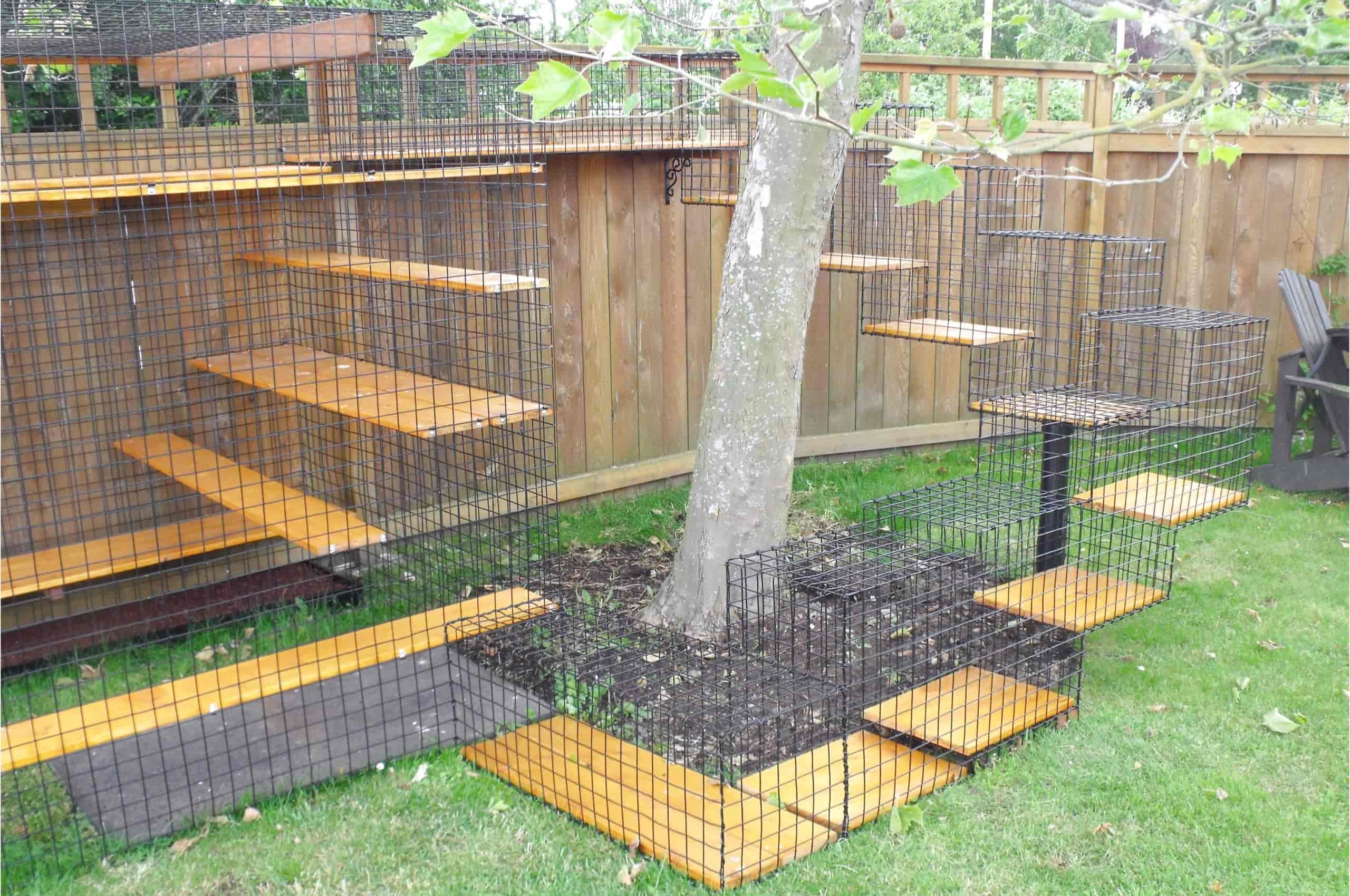
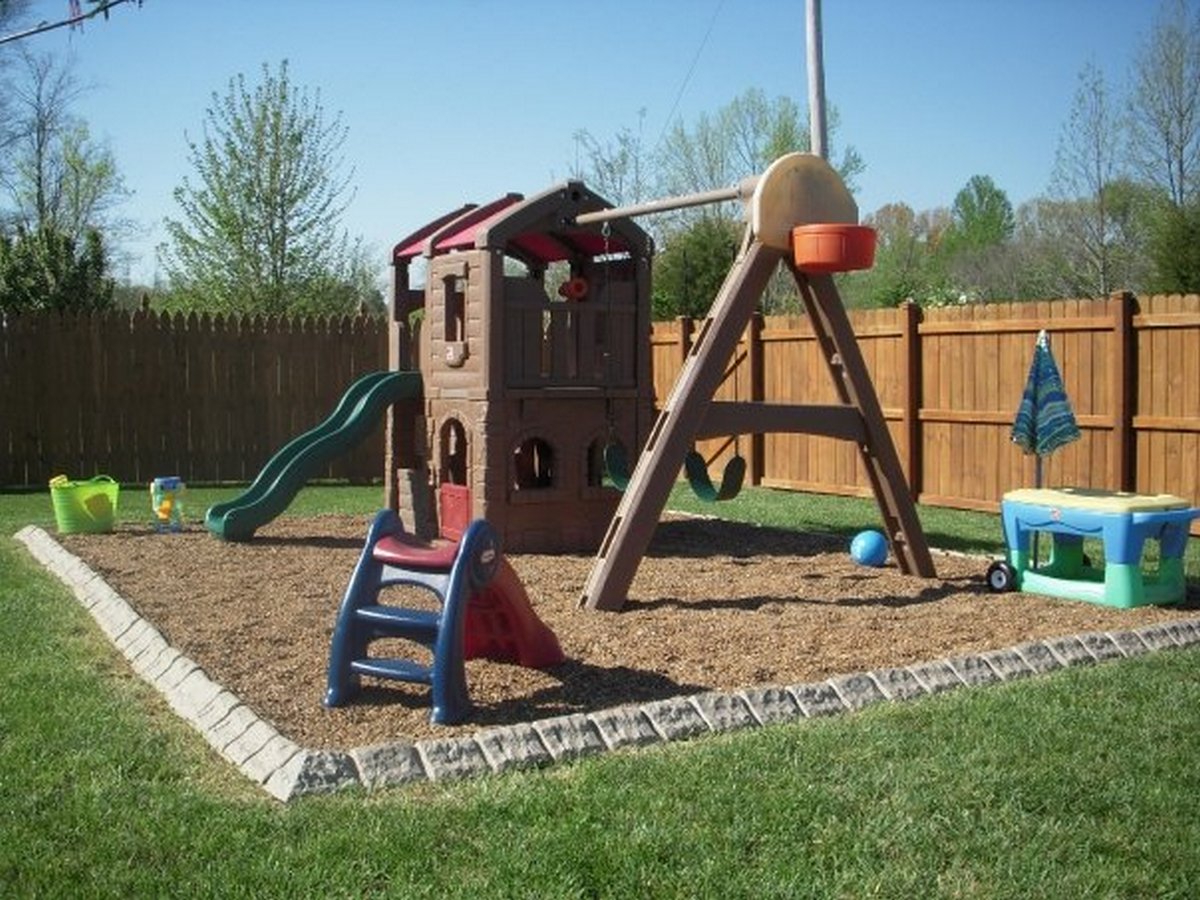
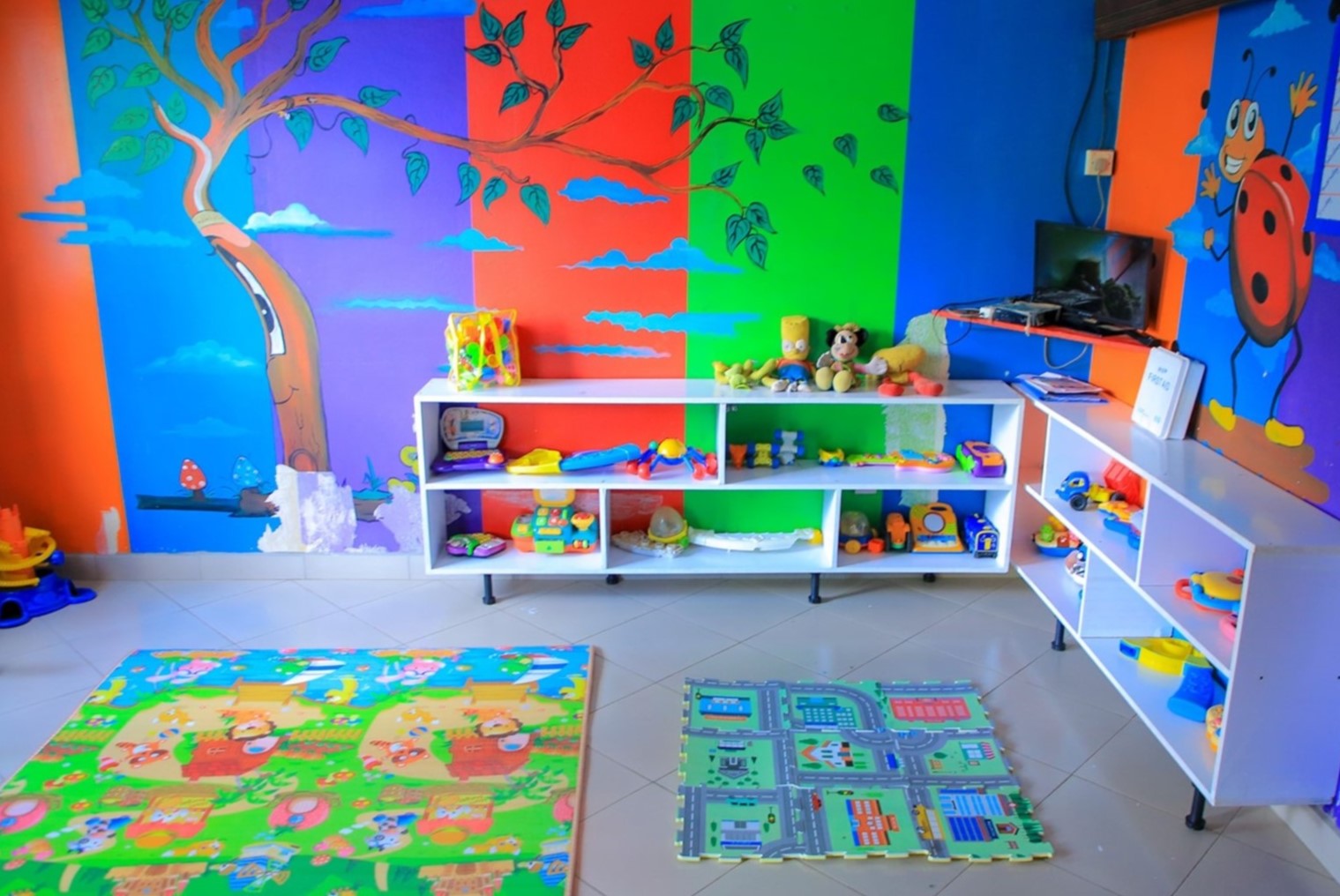
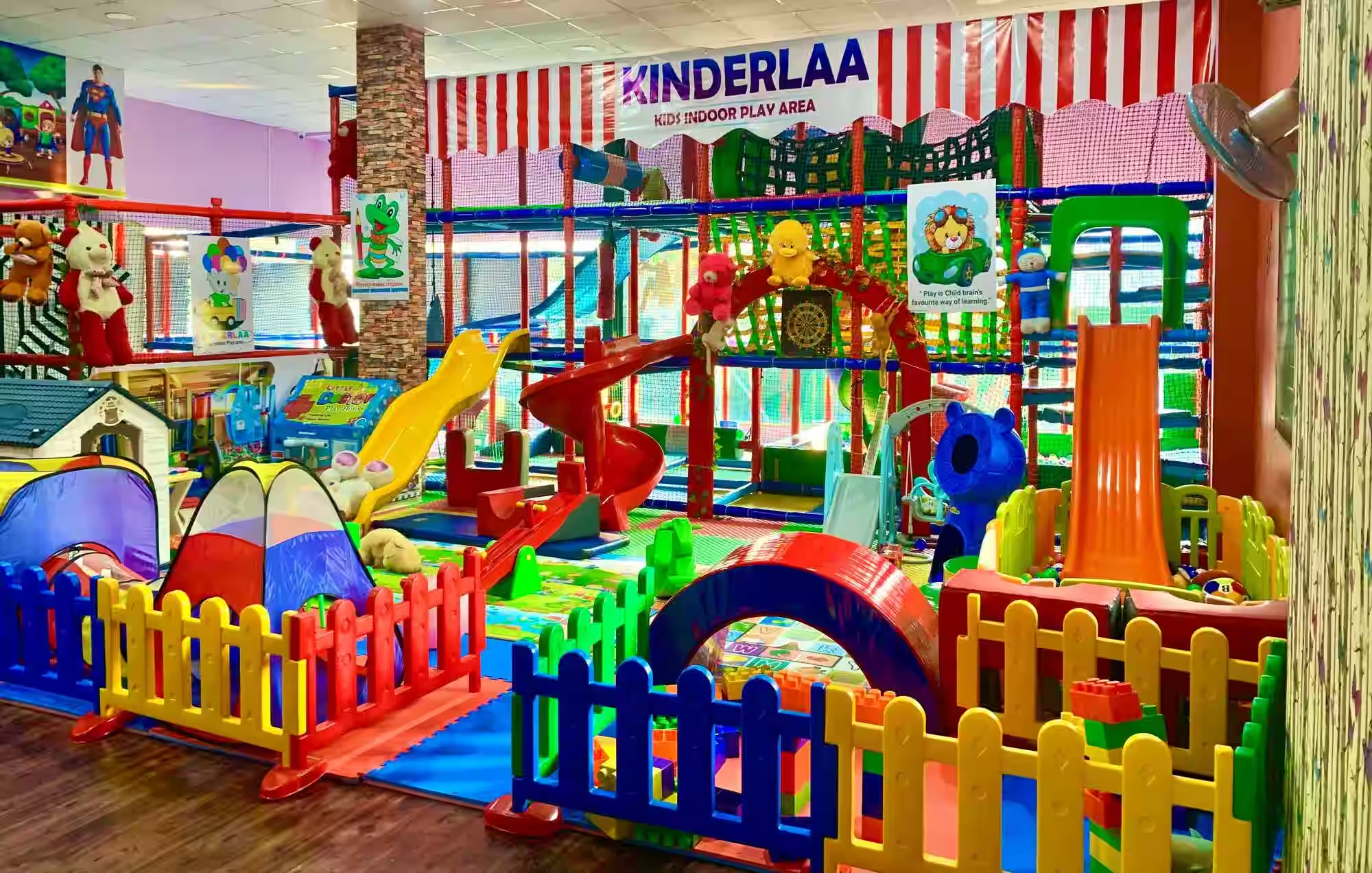
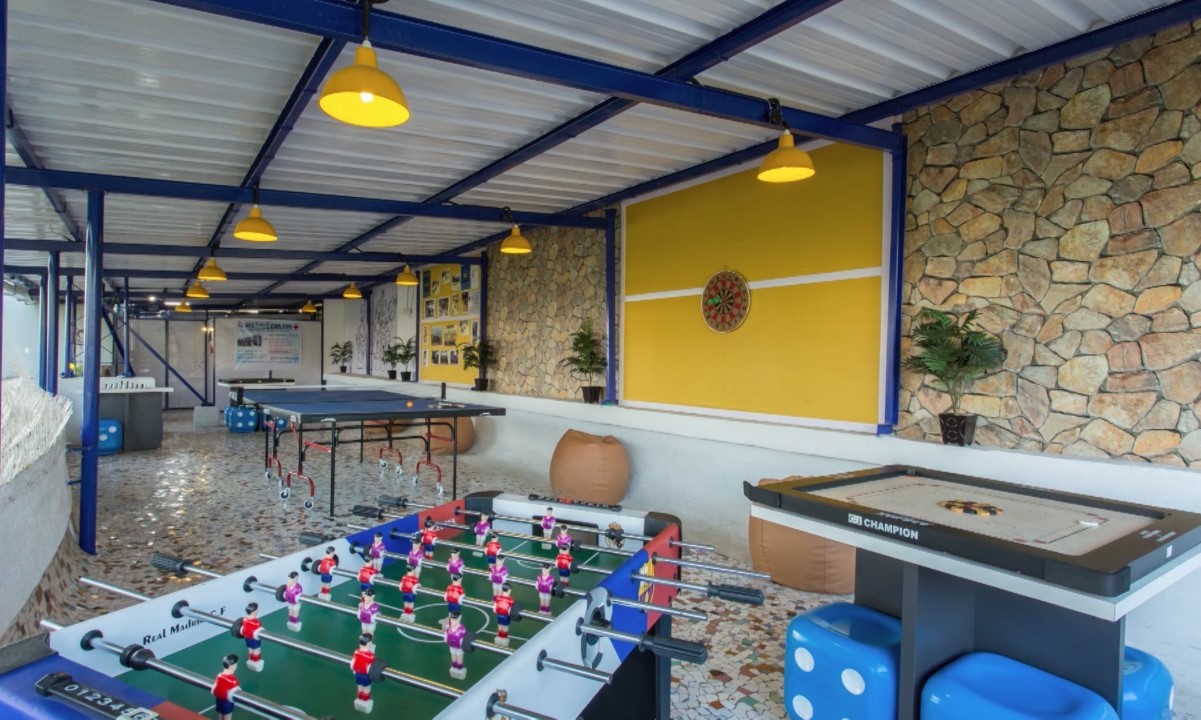
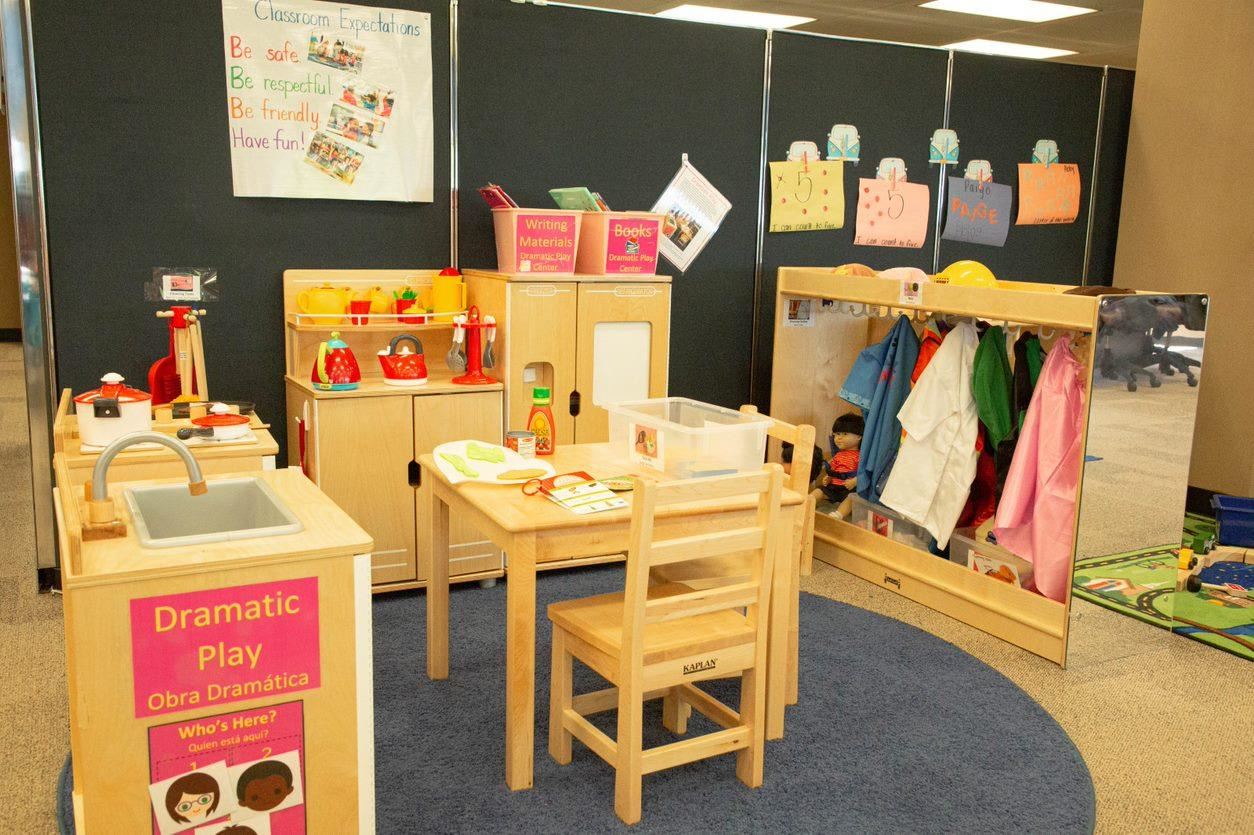
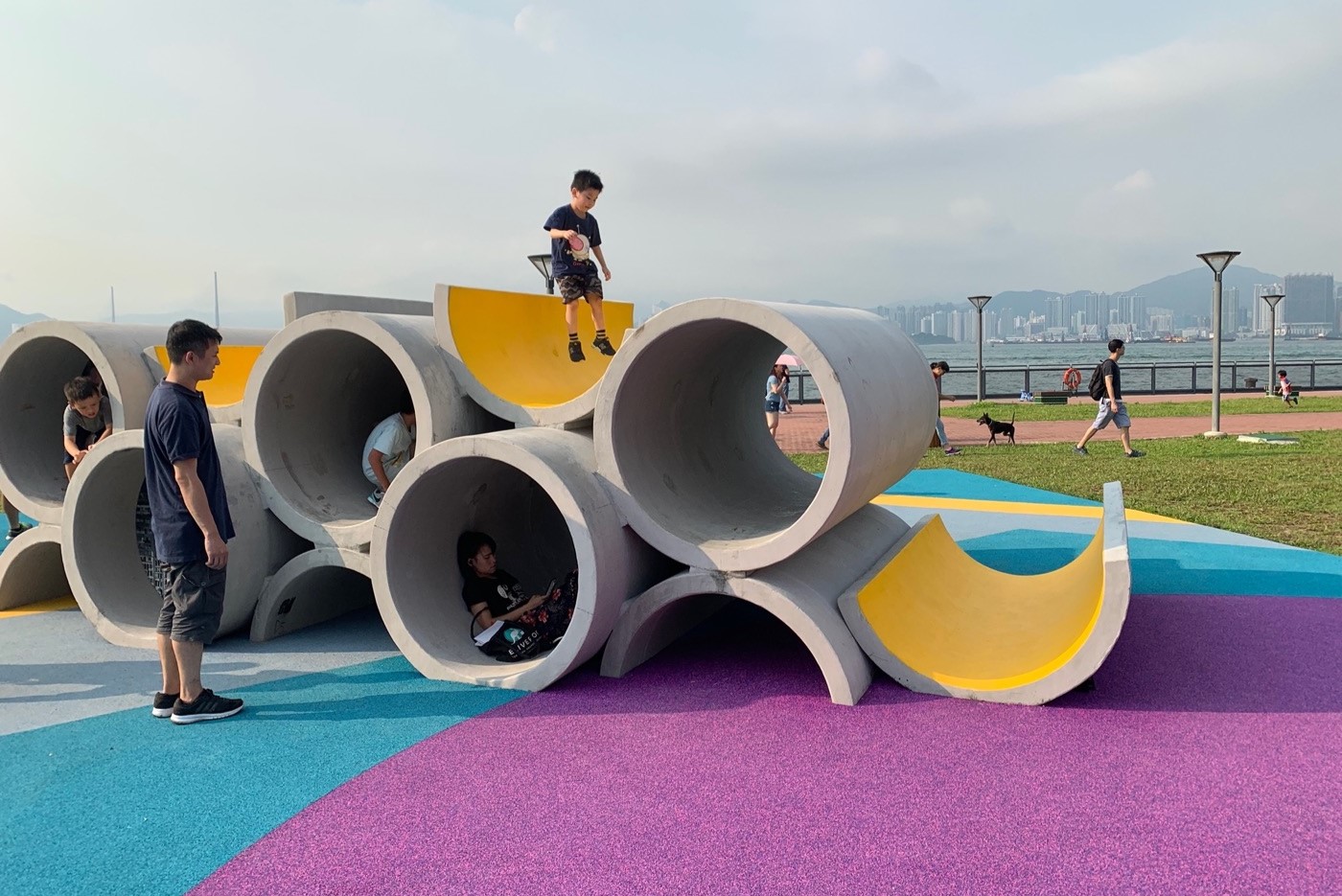
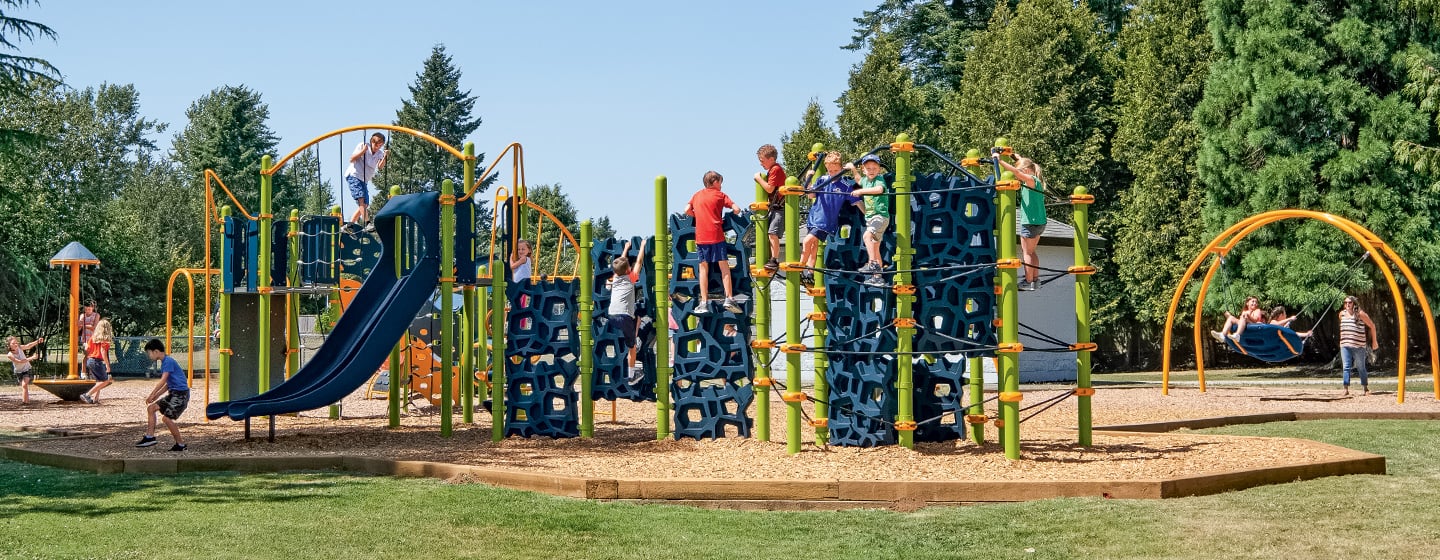
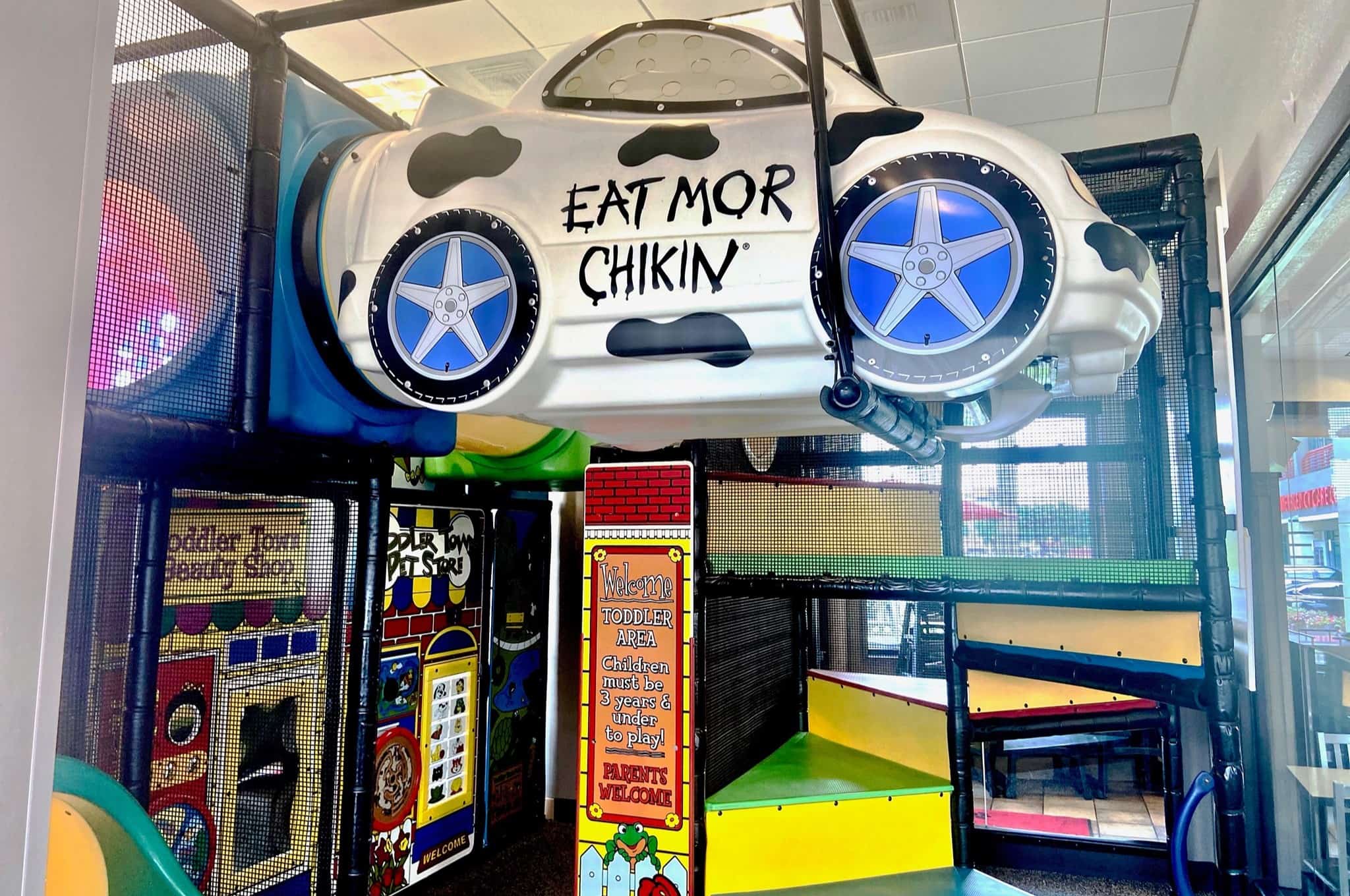
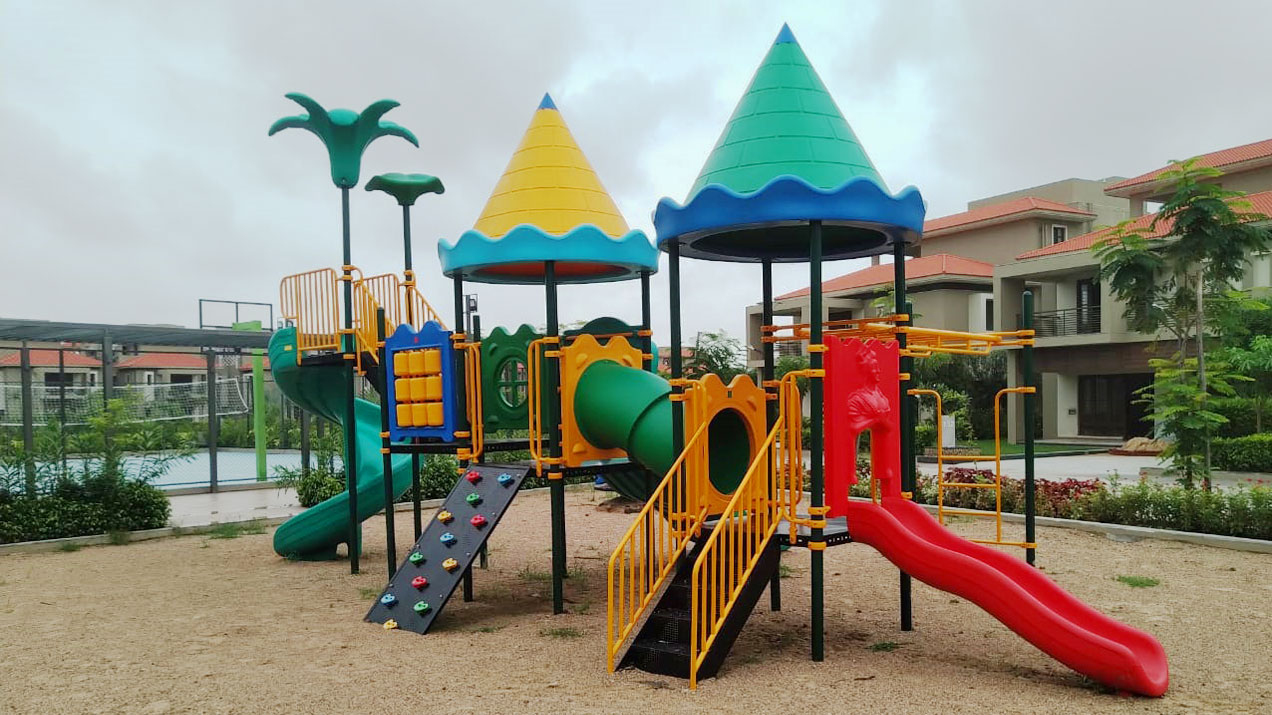
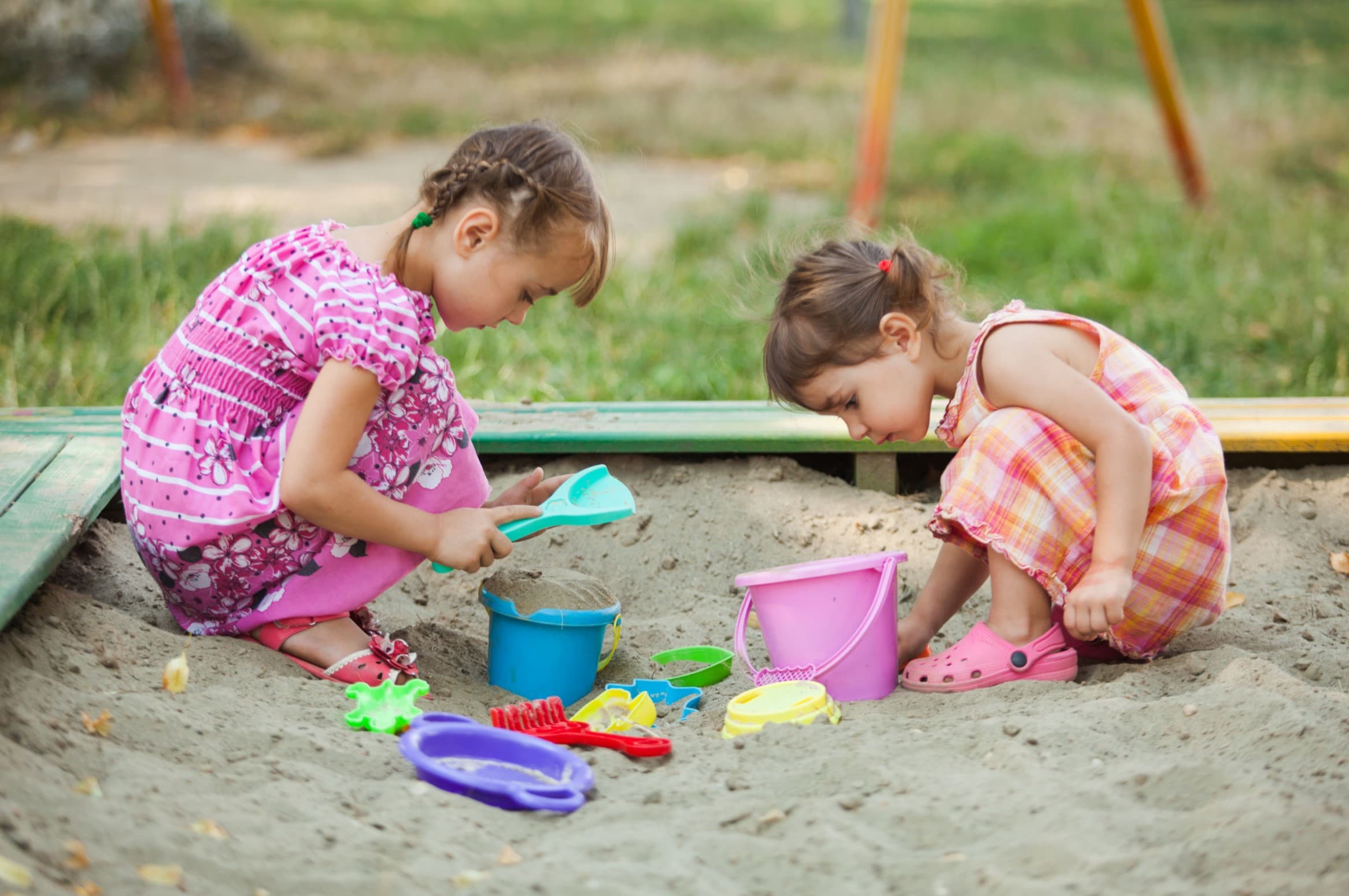
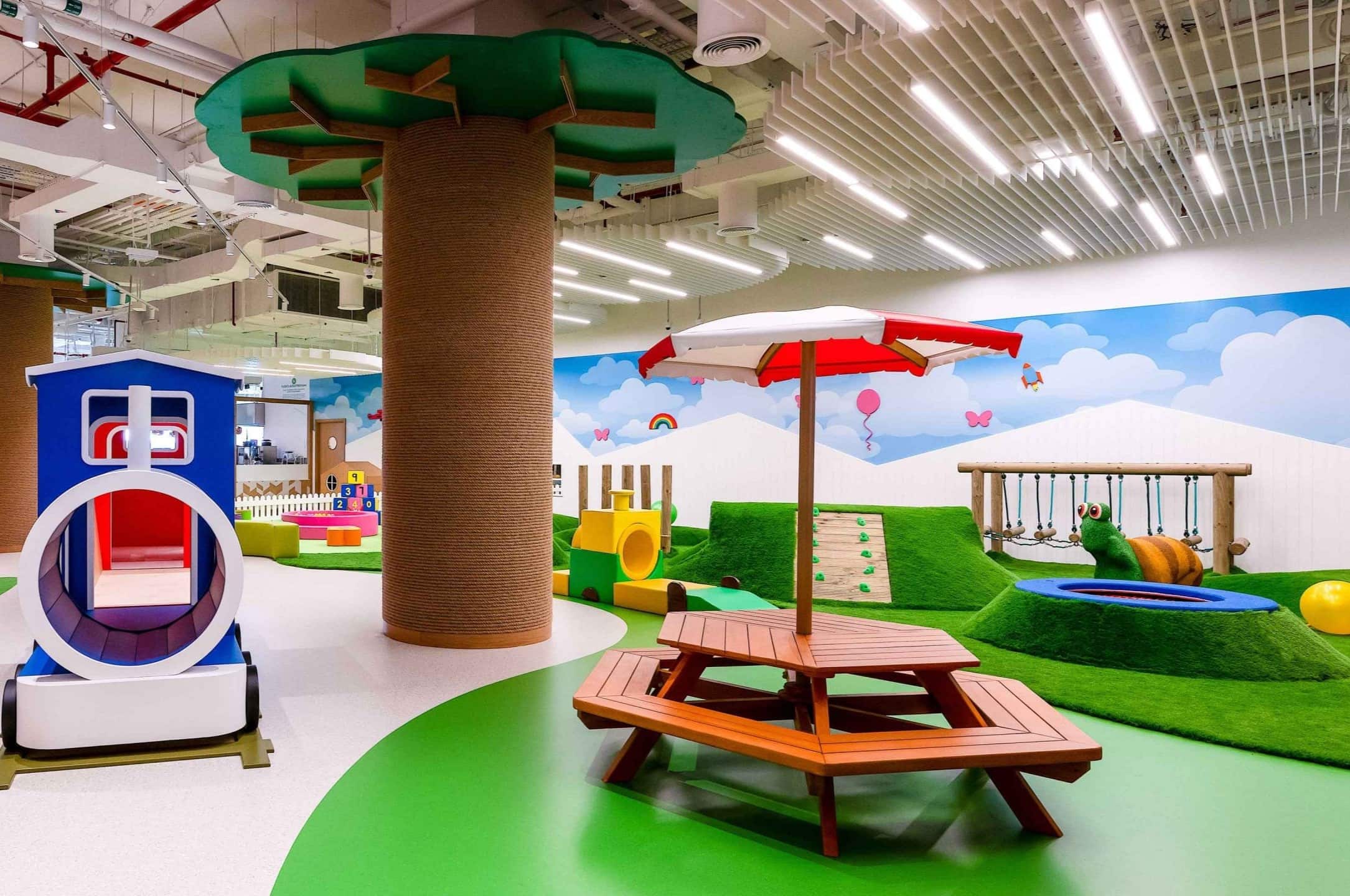

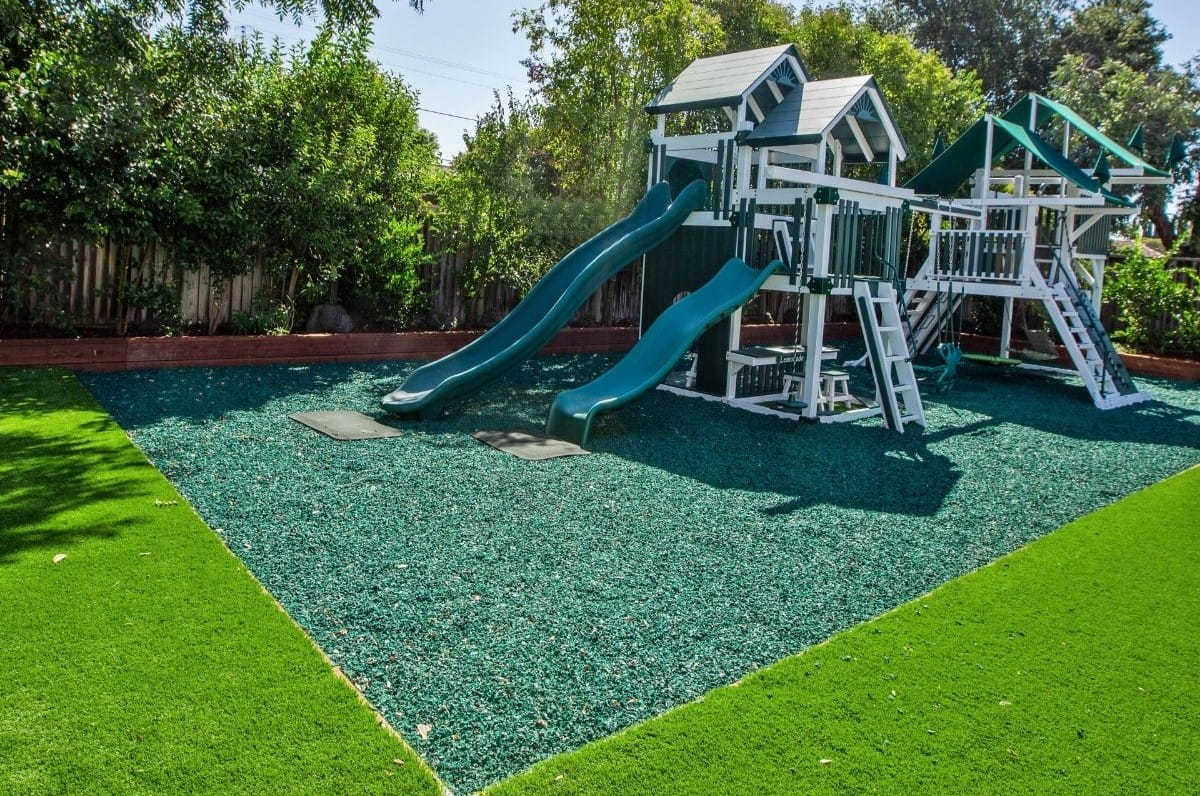

0 thoughts on “What To Use For Kids’ Outdoor Play Area”